The air transport industry has always been at the forefront when it comes to embracing technology. Systems which are rolled out in airports can act as indicators of the kinds of experiences which will eventually be adopted in other commercial settings.
With that in mind, here are some of the airport innovations that will be breaking the mould and reshaping expectations today and in the near future.
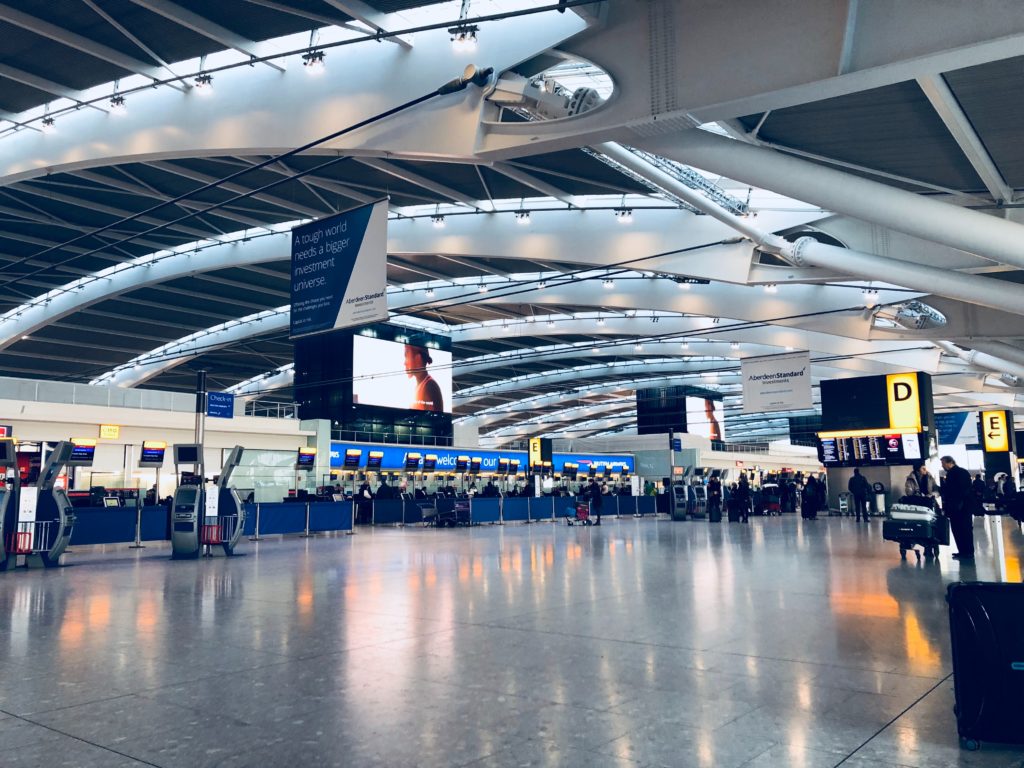
Smart Gates
Automation is infiltrating almost every aspect of the modern airport, with the rollout of smart gate systems at Dubai International Airport being an excellent example of how influential contemporary technology can be.
Queues are the bane of the airport experience, but the smart gates aim to dramatically reduce this issue by allowing passport holders to be processed in 15 seconds or less.
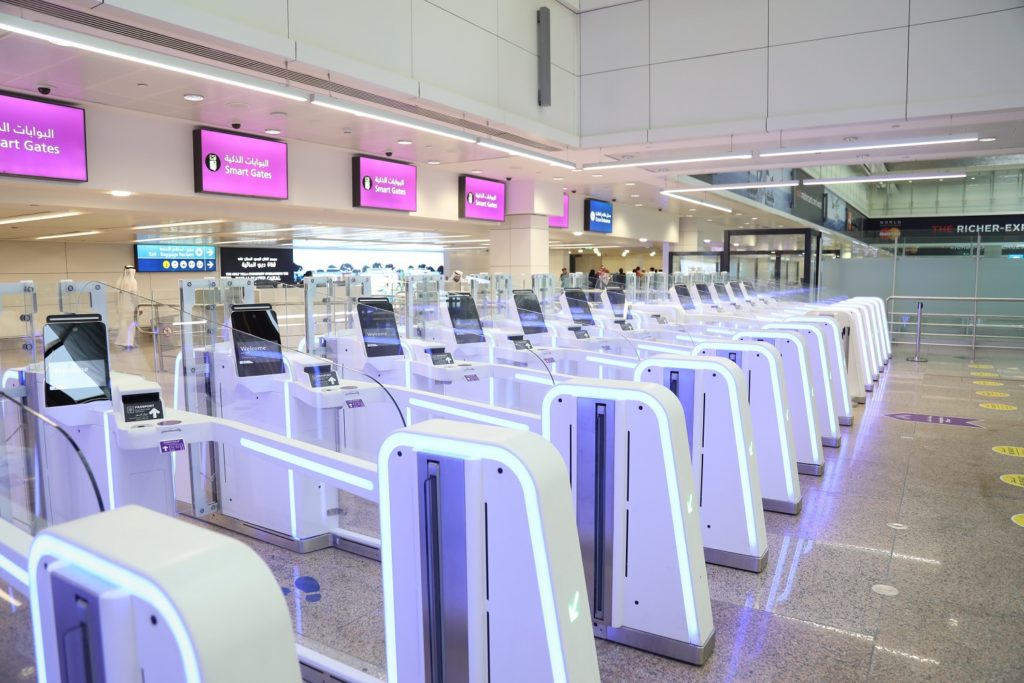
The smart gates are self service, come at no extra cost to passengers and can be used without the need for prior registration, at least in the case that the customer in question has an Emirates ID.
This airport innovation is mirrored by the automated passport control booths that have been introduced in a number of major UK airports. When it comes to airport innovation ideas, Britain is certainly on the crest of this current technological wave.
Robotic Assistants
Airports can be incredibly confusing, especially if they are crammed with an overwhelming amount of signage, lumbered with an incomprehensible floor plan and burdened by a huge number of complex gates, waiting areas, retail outlets and amenities. The biggest challenge faced by passengers often comes when trying to find an employee to ask for assistance in the event that they get a little lost.
Solving this through automation is going to be the defining aspect of the next decade of airport development and in some
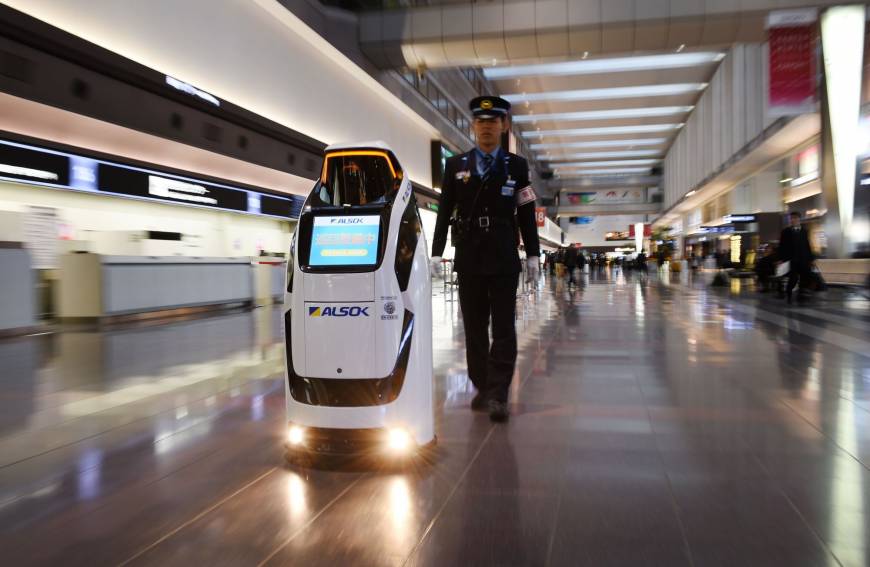
South Korea's Incheon International Airport exemplifies this trend, having introduced the AIRSTAR robot last year.
This friendly, helpful bit of hardware is not fixed in position, but instead has the freedom to roam around the facility and thus be easier for passengers to access if they are looking for guidance. With a large touchscreen display built into its body and a range of functions available, it can point people in the right direction and even lead them directly to their desired destination as necessary.
Parking
Parking at an airport is an aspect of air travel that is often overlooked during the process of booking a trip, yet becomes far more important as the date of departure draws near. In the past, it was challenging enough to find a convenient place to park, let alone get from your car to the terminal with all your luggage in an efficient manner. The process of finding your vehicle upon your return was another obstacle altogether.
In the future, airport innovations will see parking solutions overhauled to the point that they are nearly unrecognisable. Research efforts taking place in the US are seeking to tackle the issues with booking spaces, handling luggage, managing valet services and dealing with returning passengers.
Of course at travel hubs in the UK including Stansted and Gatwick, airport innovations in the parking sphere are already in place and being harnessed by passengers. This not only means that it is simpler to drive to an airport, leave a vehicle and collect it later, but it is also possible for operators to glean key insights into the behavior of users that can in turn be used to fuel future airport innovations.
Baggage Drop
Part of the problem with the arrival of new technologies in airports is that this can take place in a somewhat fragmented manner, since different airlines adopt systems at different rates.
In the case of self-service baggage drop systems, this is certainly something that is taking a greater amount of time to arrive on a large scale, yet is being offered in certain locations by specific operators.
For example, in London Heathrow, airport innovation from British Airways saw an automated baggage system of this kind introduced almost two years ago. The fact that this was limited to the newer Terminal 5 reveals that there are certain infrastructural challenges that need to be overcome ahead of a wider rollout, even if the potential improvements to convenience for passengers would be significant.
Driverless Transport
Autonomous shuttle systems at some UK airports and within other high profile international locations have been commonplace for several years now. However, this area of the market is set to expand considerably and could factor in other aspects of the airport experience, including parking.
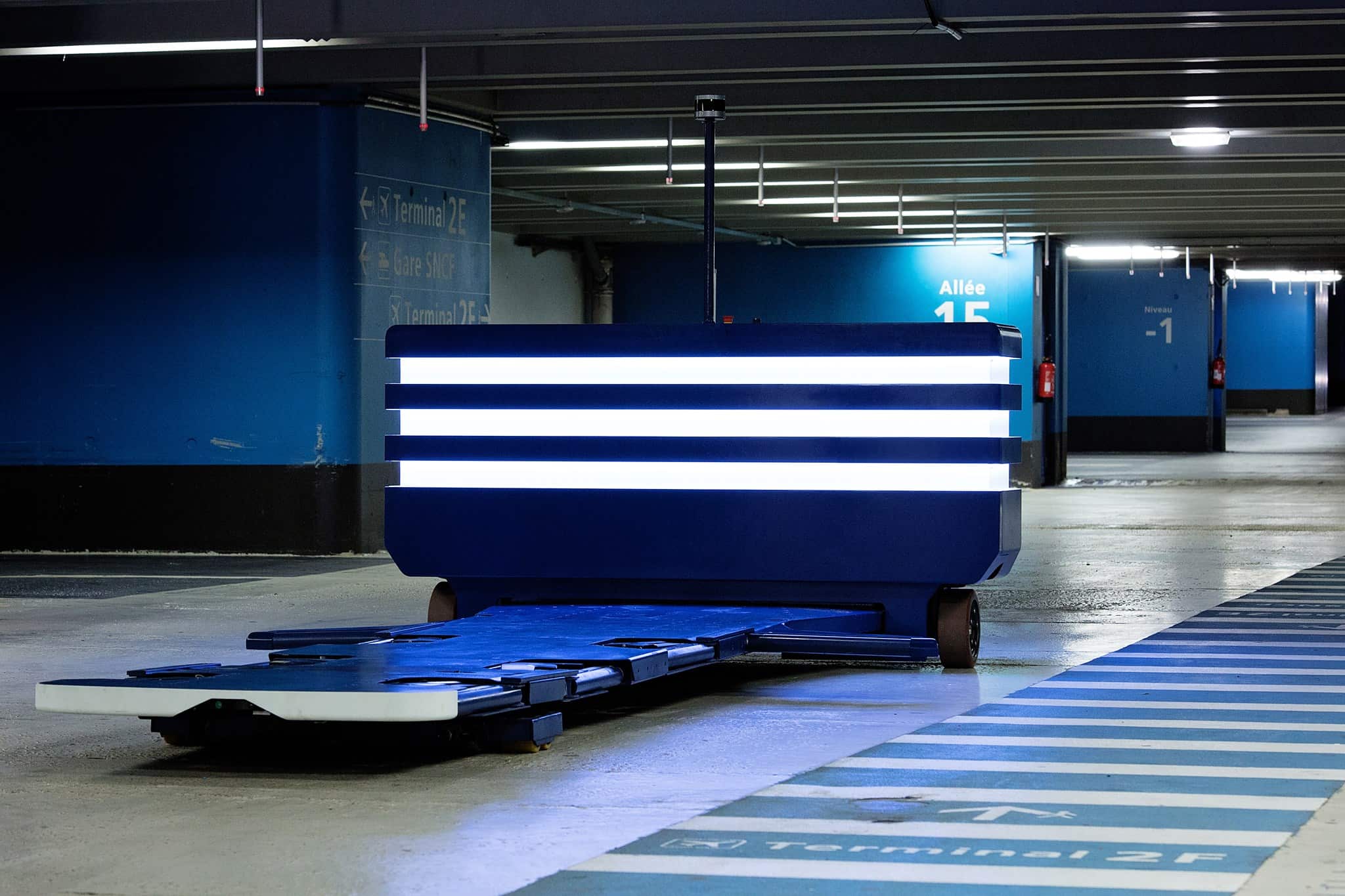
Over in Japan, a driverless bus that ferries passengers between terminals has been recently introduced. This is part of wider efforts to integrate more autonomous vehicles into the Tokyo transport infrastructure ahead of the 2020 Olympic Games.
The bus is just a prototype, still has a human driver onboard for emergencies and travels at a top speed of 19 miles per hour. It is also limited to use on roads in and around the airport which have been embedded with magnetic navigation points to ensure it stays on the right track.
Trials of driverless busses on public roads in the UK point to a future in which this technology could offer a higher capacity, faster solution to general transport problems, not just in airports but in towns and cities as well.
Energy Efficiency
Reducing running costs and minimising the environmental impact of airports can go hand in hand, but only if the solutions found are designed to tackle both issues at once. Air travel is innately problematic from an emissions perspective, yet there are global efforts to address concerns and deliver improvements to make this a more sustainable means of transport.
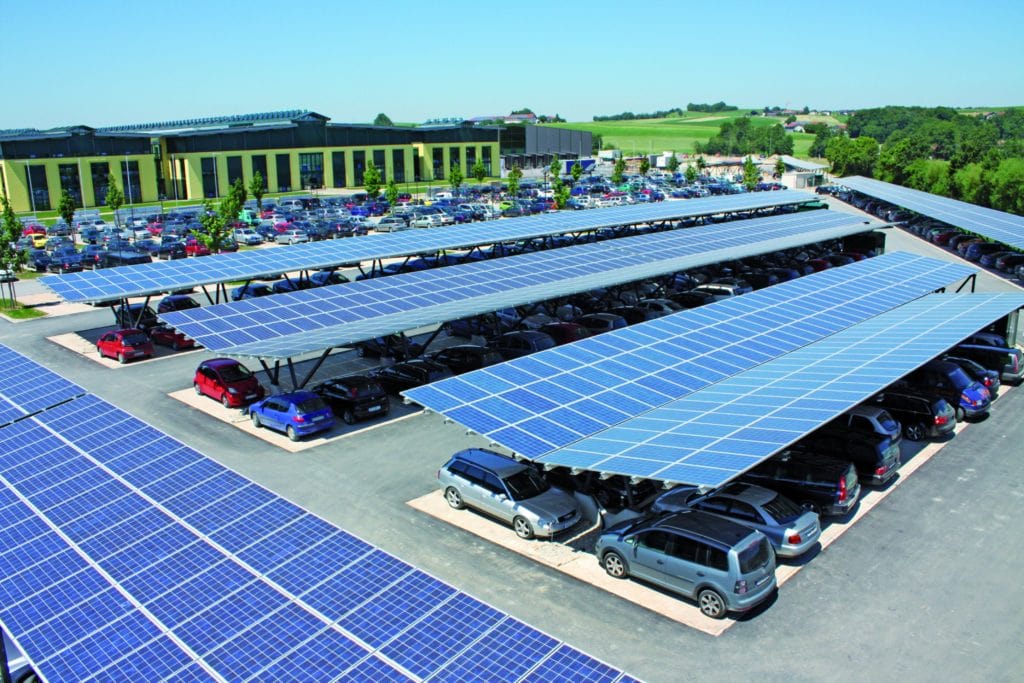
In the hottest parts of the world, cooling the terminals is expensive and uses a lot of energy, but intriguing answers have been found. By recycling water from the airport buildings and using it to irrigate the land around the runways, Adelaide Airport in Australia was able to cut the outside air temperature and thus limit the burden placed on the cooling systems themselves.
The idea of using readily available resources to effect significant change and deliver cost savings is perhaps the key to pursuing airport innovation ideas going forwards.
Biometric Security
Keeping airports secure is a paramount concern globally, yet with increased protective measures comes more inconvenience for travelers. This is where using biometric scanning in place of traditional identity checks could lead to the best of both worlds in terms of security and convenience in the future.
Atlanta Airport in the US state of Georgia just opened a terminal which is completely operated via biometrics, while still giving passengers the option to go through traditional channels if they are uncomfortable with the privacy implications of the technology involved.
This will become vastly more common in the future and means that things like facial and vocal recognition, in combination with fingerprint and iris scanning, will lead the charge to a safer, swifter air travel experience.
AI
Artificial intelligence is the kind of behind-the-scenes technology that is boasted as a game-changer across so many industries, yet is little understood in the mainstream and retains a mysterious, intangible quality as a result.

In airports, AI is already a source of intrigue as well as significant investment ; millions in public spending has been committee to investigating the kinds of improvements to security and operational efficiency that could be achieved through machine learning algorithms.
AI could eventually replace traditional measures to help determine whether or not passengers pose a threat, assessing people more quickly and accurately than human workers.
Augmented & Virtual Reality
VR has entered the consumer market in a major way over the past half-decade thanks to efforts from companies like HTC, Sony and Oculus. AR is also more commonplace, with increasingly powerful smartphone hardware making it possible to augment the user's surroundings for practical purposes or pure entertainment.
.jpg?auto=format)
Airport innovations using these two sister technologies are already on the scene, with AR navigation at Gatwick and VR lounges at JFK International providing a hint of the broader changes that will be made possible in the future.
Customer Service
Once all of the admin involved in checking in for a flight and passing through security at an airport is complete, most travellers are ready to relax and unwind. Having to face another queue at the counter of a cafe, bar or restaurant is hardly ideal at this point.
Thankfully robotics will once again come to the rescue, with the development of automated serving devices helping to alleviate frustrations in the departures lounge.
The first flurry of robots designed for service are set to dole out coffees and teas, as a machine capable of issuing up to 120 cups every 60 minutes hit the headlines in 2018. Being able to order and receive a hot drink in less than 30 seconds could be the best airport innovation in terms of reducing passenger stress levels, even if flight delays or other issues have arisen to spoil the experience up to that point.
Lets Summarise
Airport innovations will continue to be developed so long as there is a demand for improvement amongst operators and customers alike. From efficient, stress-free parking to all-encompassing automation in the terminal whether you are arriving or departing, the future of air travel is looking bright thanks to technological breakthroughs.
Further Reading
- How Airports Can Embrace Virtual Reality Technology in 2020?
- How Is Smart Parking Technology Influencing Parking Innovations?
- How Augmented Reality Will Impact Airports
